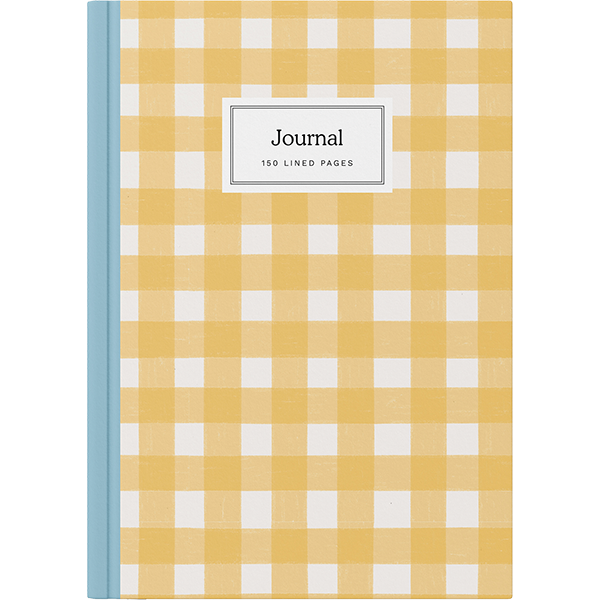NRF: Economy is growing but momentum slows
The economy is still growing, but not as fast as it was earlier this year, reported Jack Kleinhenz, chief economist for the National Retail Federation (NRF).
 “The U.S. economy continues to expand, but recent data is signaling a slowdown in its momentum,” Kleinhenz said. “The economy is slowing but not halting. Progress has been made on combating inflation, but higher prices remain. While consumers are still spending, the composition of their spending continues to favor services over retail goods and even then, there was less momentum going into the third quarter.”
“The U.S. economy continues to expand, but recent data is signaling a slowdown in its momentum,” Kleinhenz said. “The economy is slowing but not halting. Progress has been made on combating inflation, but higher prices remain. While consumers are still spending, the composition of their spending continues to favor services over retail goods and even then, there was less momentum going into the third quarter.”
Kleinhenz’s comments came in the September issue of NRF’s Monthly Economic Review, which said the Bureau of Economic Analysis now estimates that gross domestic product grew at a 2.1% annual rate adjusted for inflation in the second quarter rather than the 2.4% reported earlier. Gross domestic income, which measures the value of wages, rent, interest and corporate profits earned during production, rose by a more modest 0.5% annual rate. Averaged together, GDP and GDI were up 1.3%.
The economy added 187,000 jobs in August, up from 157,000 in July but well below the average monthly gain of 271,000 over the past year. The unemployment rate jumped 0.3 points to 3.8% in August as more people entered the labor market looking for jobs. Wages and salaries grew only 0.4% month over month in July, down from 0.6% in June.
Despite the weaker-than-average job gains, slower wage growth and higher unemployment, personal spending increased 0.8% month over month in July, up from 0.6% growth in June. With spending growth outpacing income growth, the savings rate dipped to 3.5% in July from 4.3% in June, “suggesting that consumers are digging into their finances to support household spending.”
“Consumer confidence took a bit of a hit in August as high prices and interest rates weighed on shoppers’ decisions,” Kleinhenz said.
The Conference Board’s Consumer Confidence Index fell to 106.1 from July’s 114 while the University of Michigan Consumer Sentiment Index dropped from 71.6 in July – the best reading since October 2021 – to 69.5 in August.
The Personal Consumption Expenditures Price Index – the Federal Reserve’s preferred measure of inflation – was up 0.2% month over month in July for the second month in a row. Year-over-year, PCE was up 3.3% compared with 3% in June.
Despite continuing inflation and reduced consumer confidence, retail sales as measured by NRF – excluding automobile dealers, gasoline stations and restaurants to focus on core retail – “surprised to the upside” and rose 3.8% year over year in July. Sales got “a midsummer boost” from Amazon’s Prime Day, special deal days offered by other retailers and entertainment-related events. But Kleinhenz said the number was partially lifted because of comparison against low sales at the same time last year.
Spending on services, which has been growing ever since pandemic restrictions ended and consumers returned to dining out, travel and entertainment, grew only 1.6% seasonally adjusted from the first quarter to the second quarter, down from 3% growth in the first quarter, according to the Census Bureau.
NRF forecast in March that 2023 retail sales would increase between 4% and 6% over 2022. Since then, however, the Fed’s interest rate increases have slowed the economy and “there is a good chance that sales will end up in the lower range of the forecast, if not lower,” Kleinhenz said.























